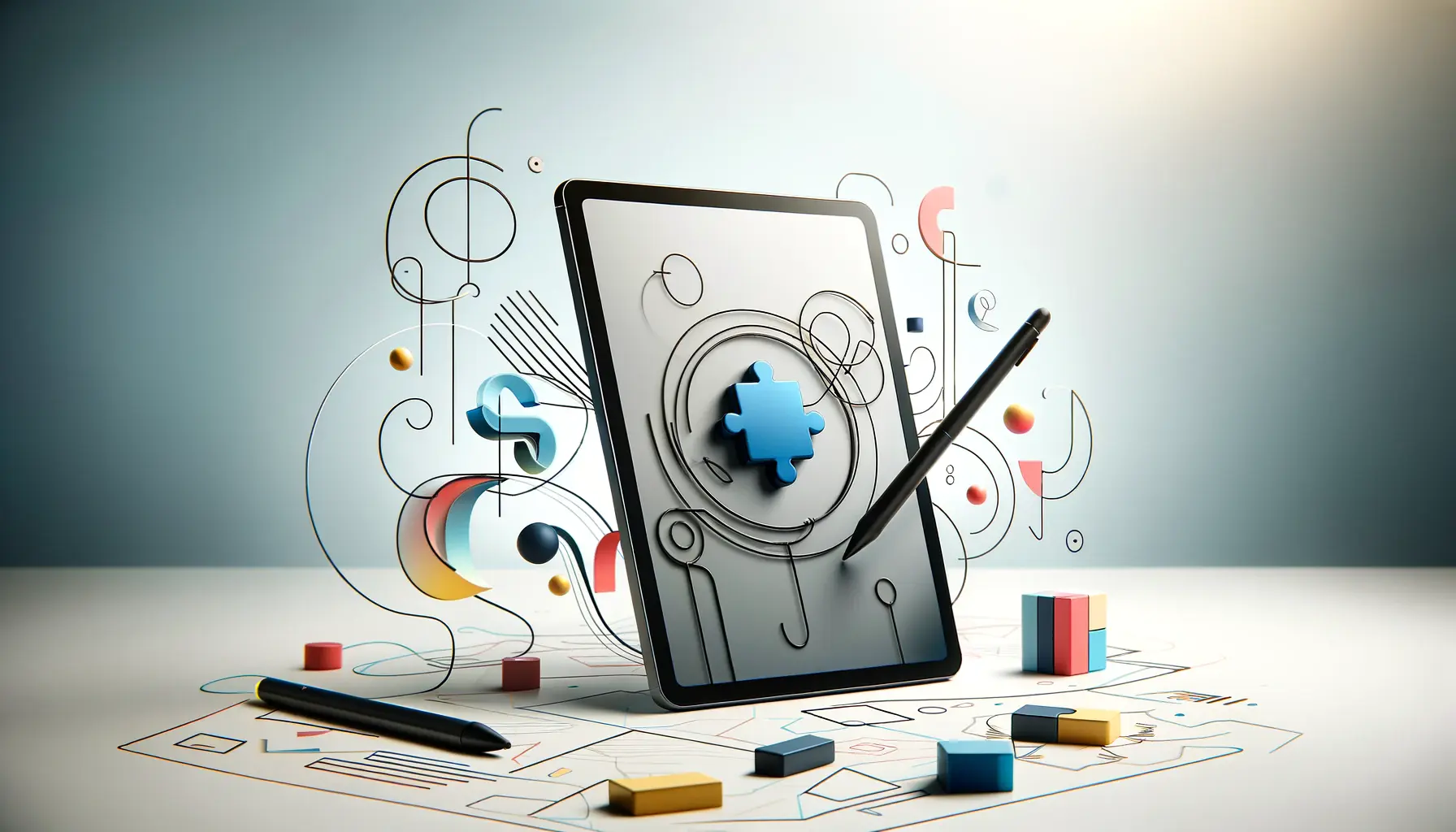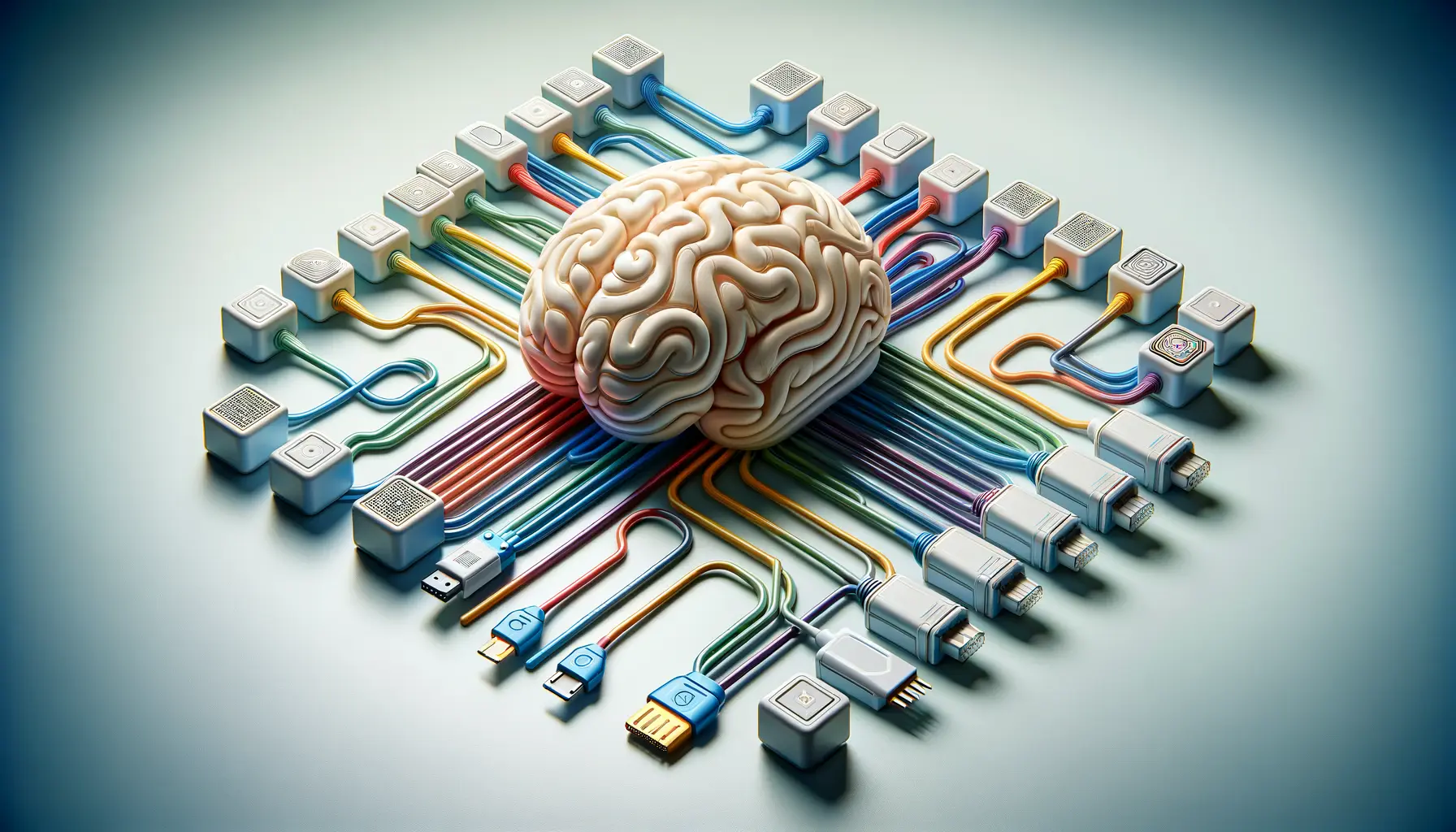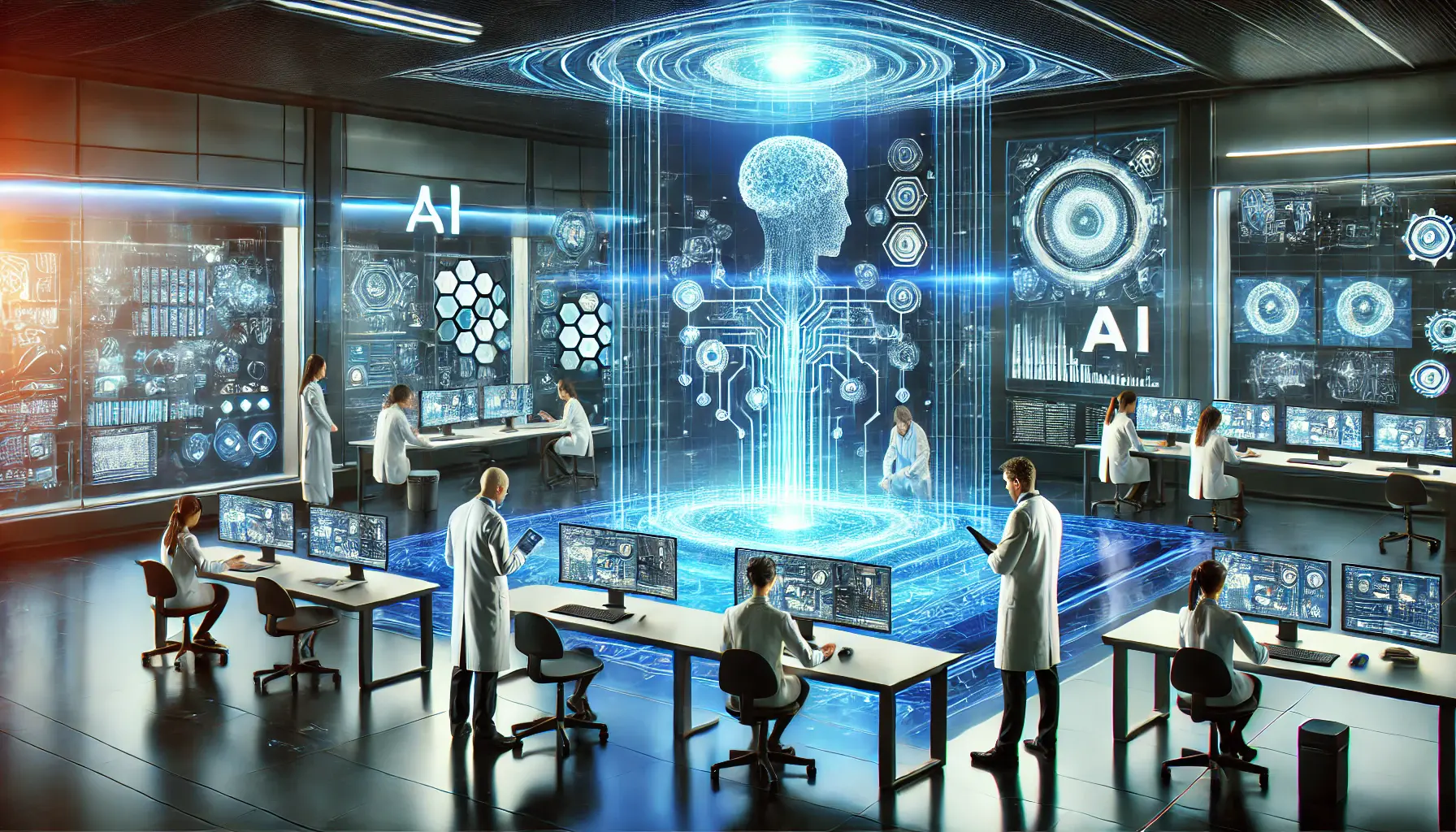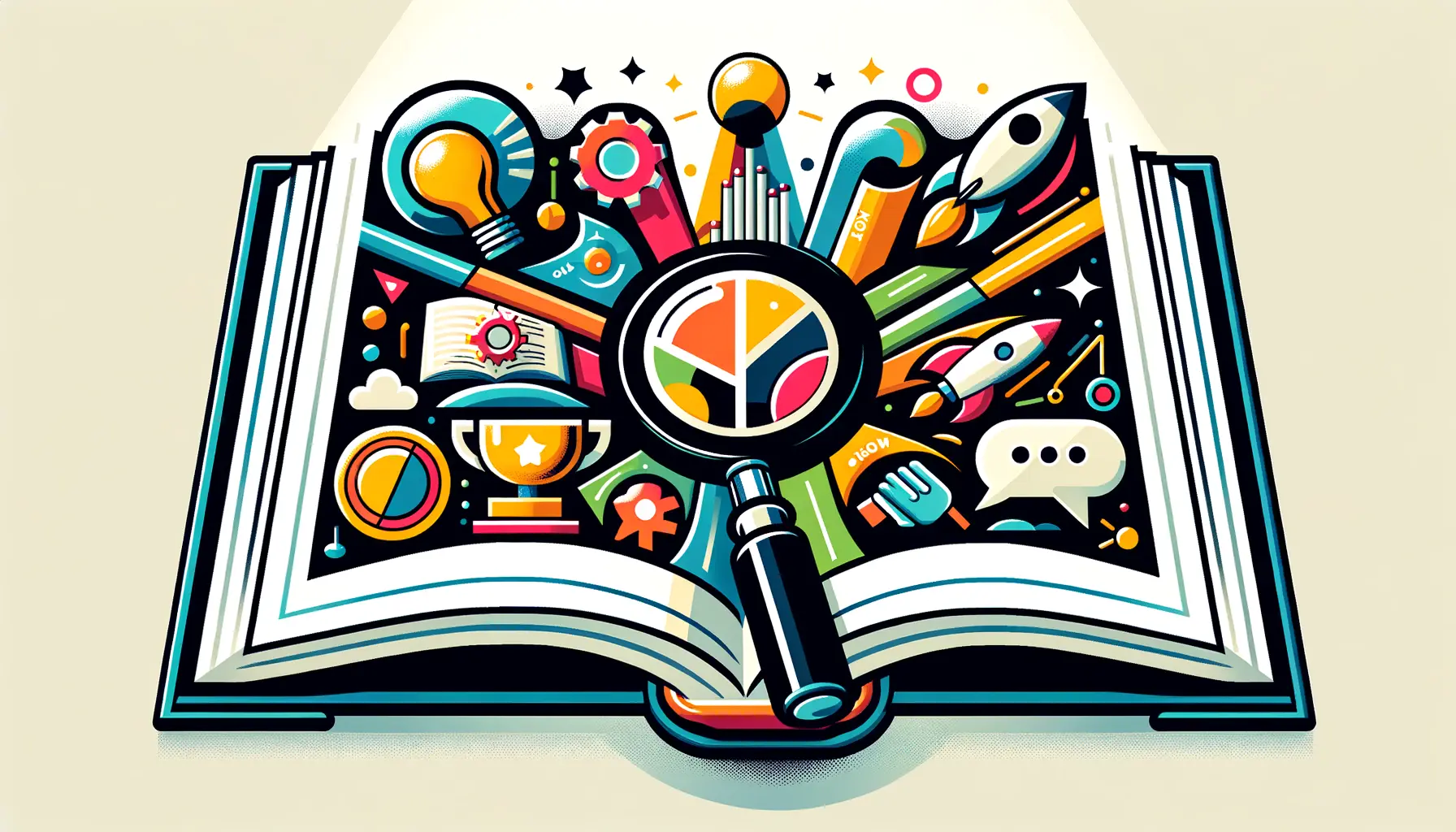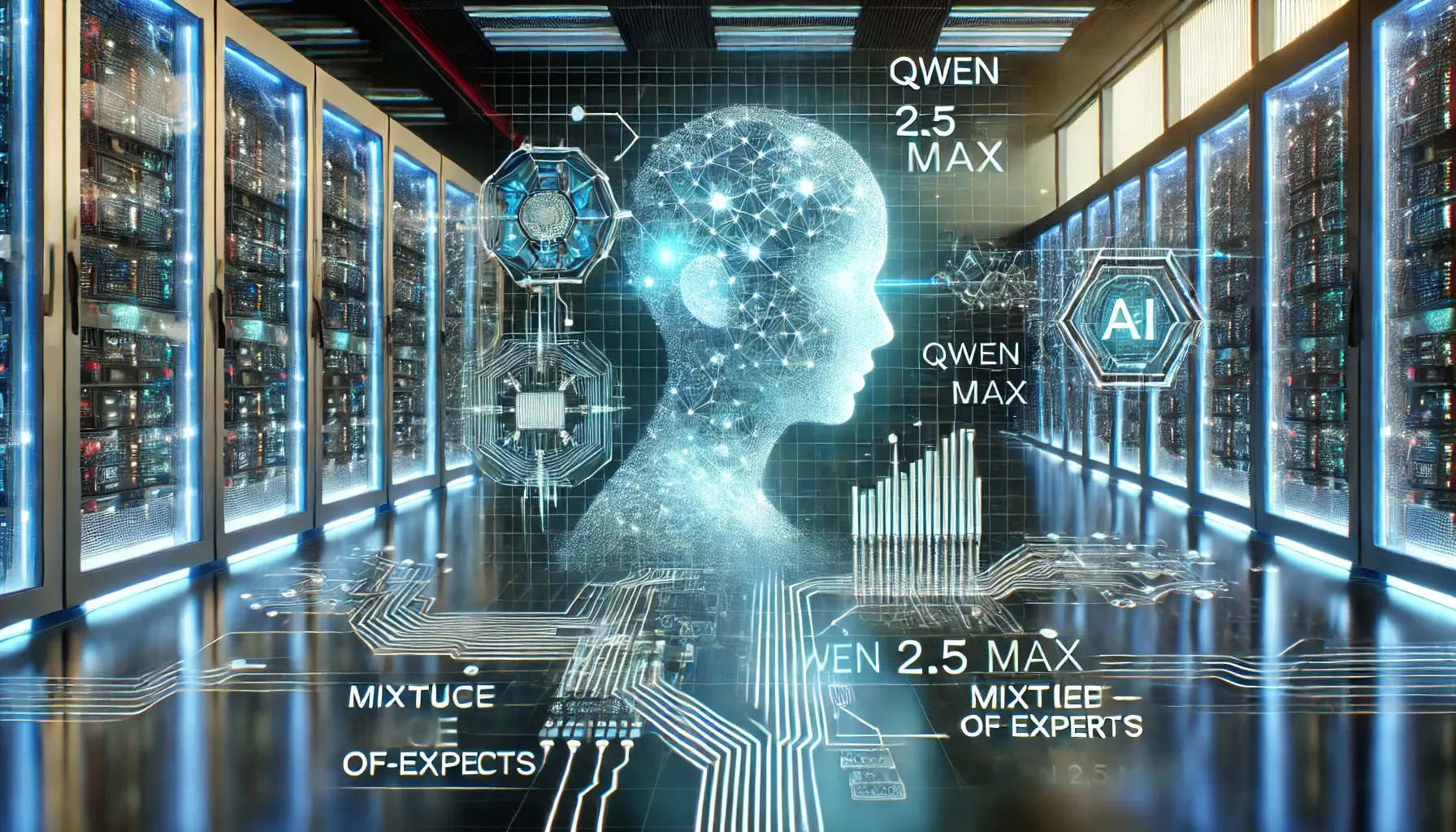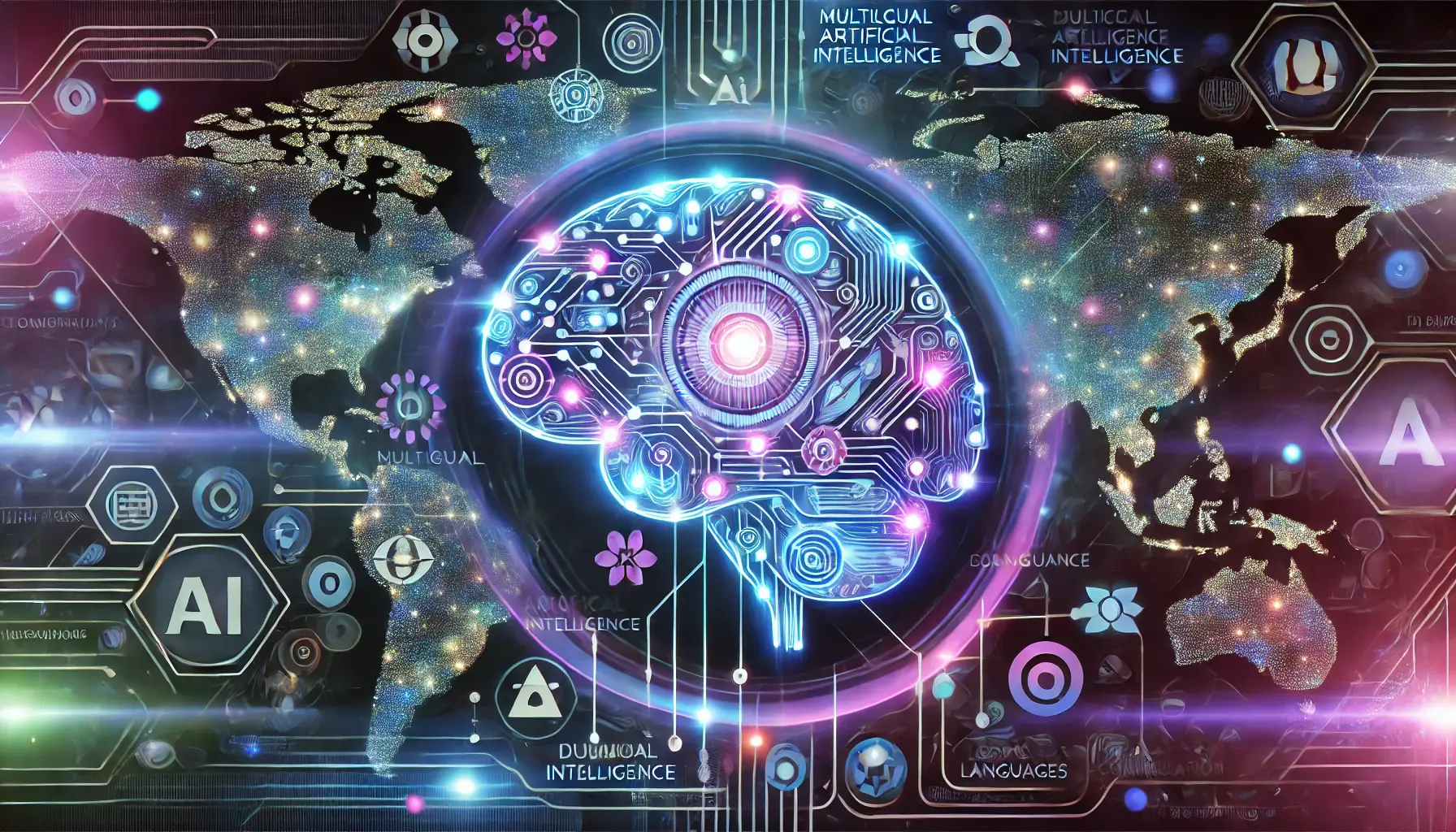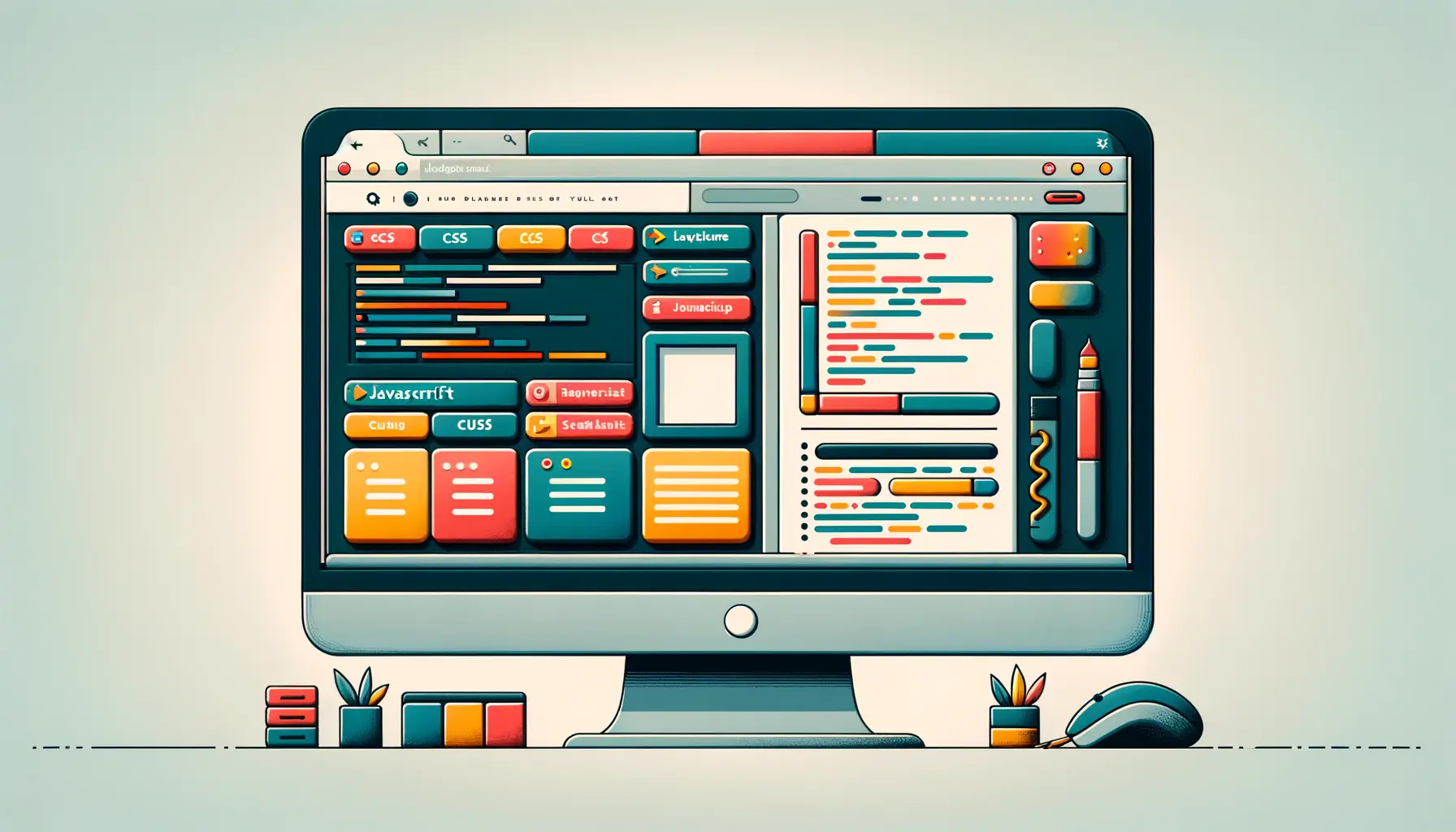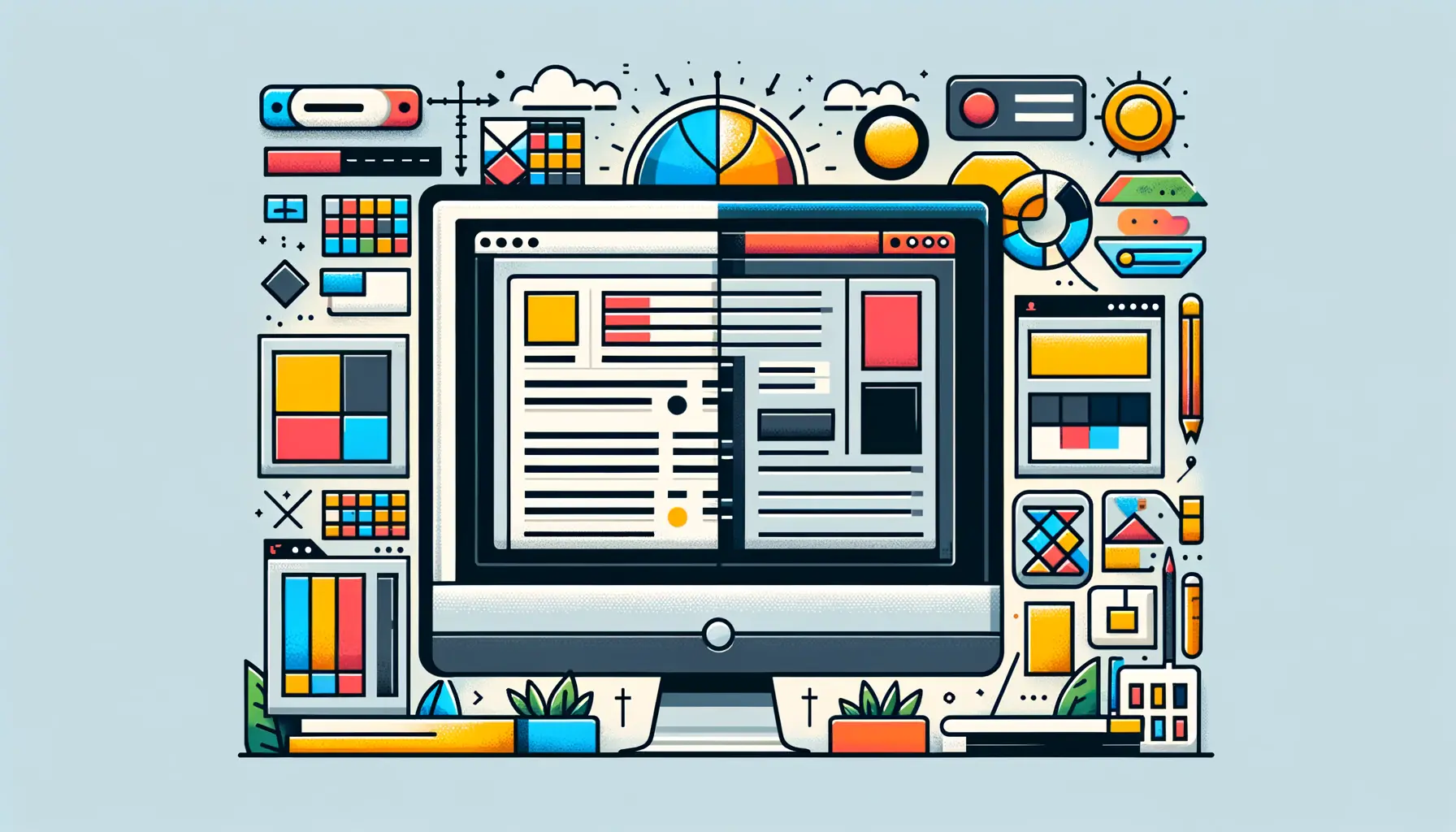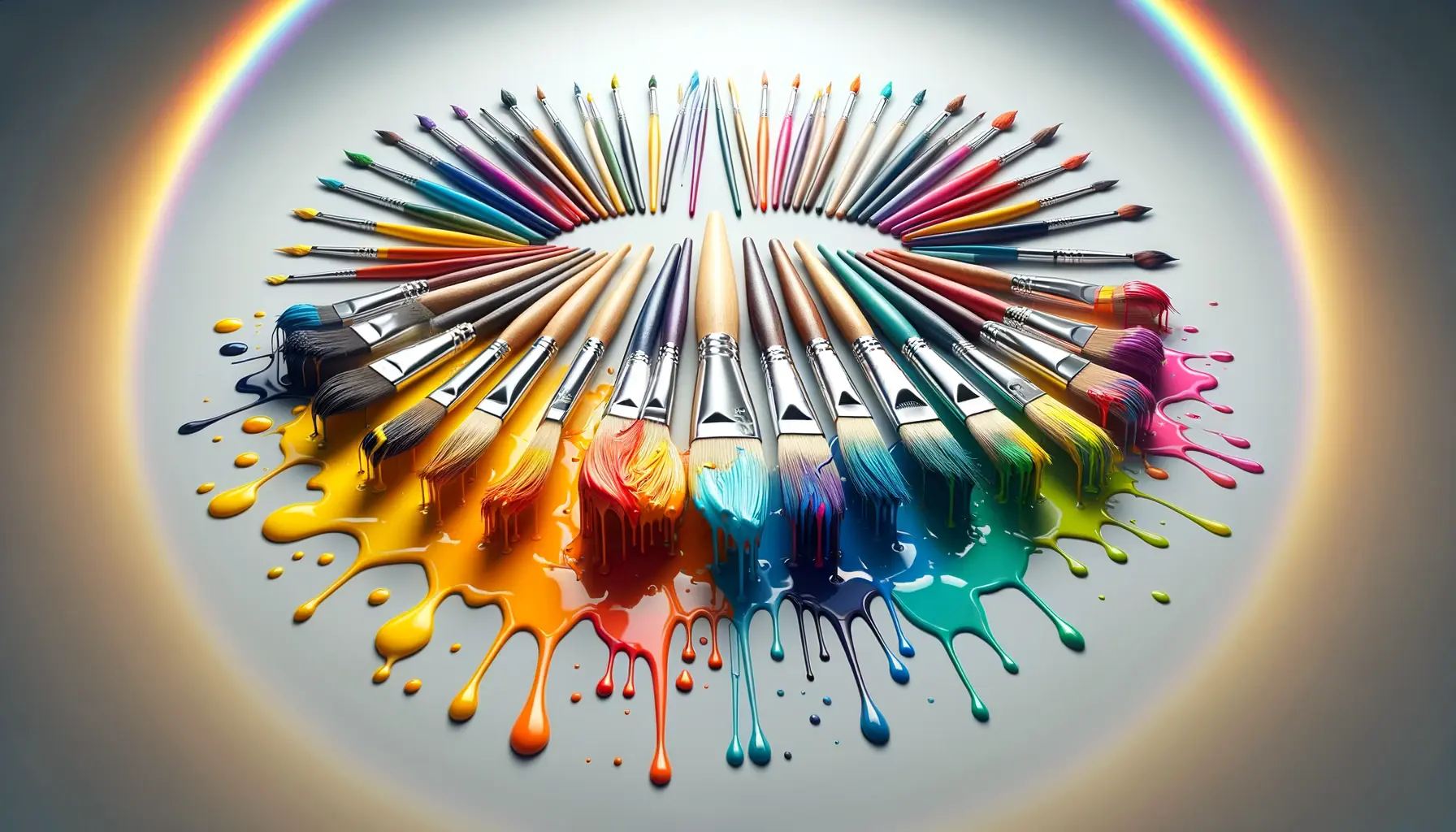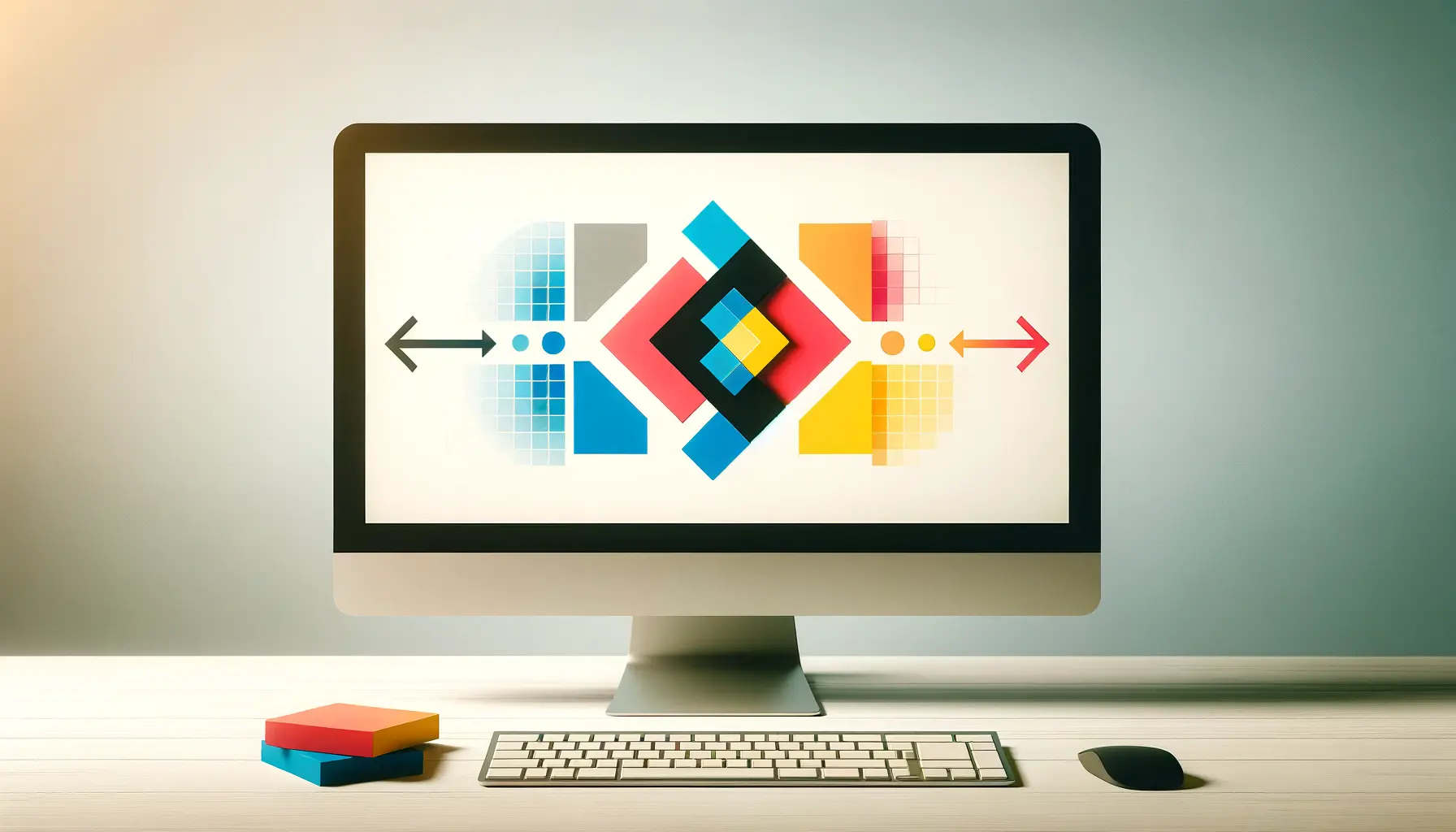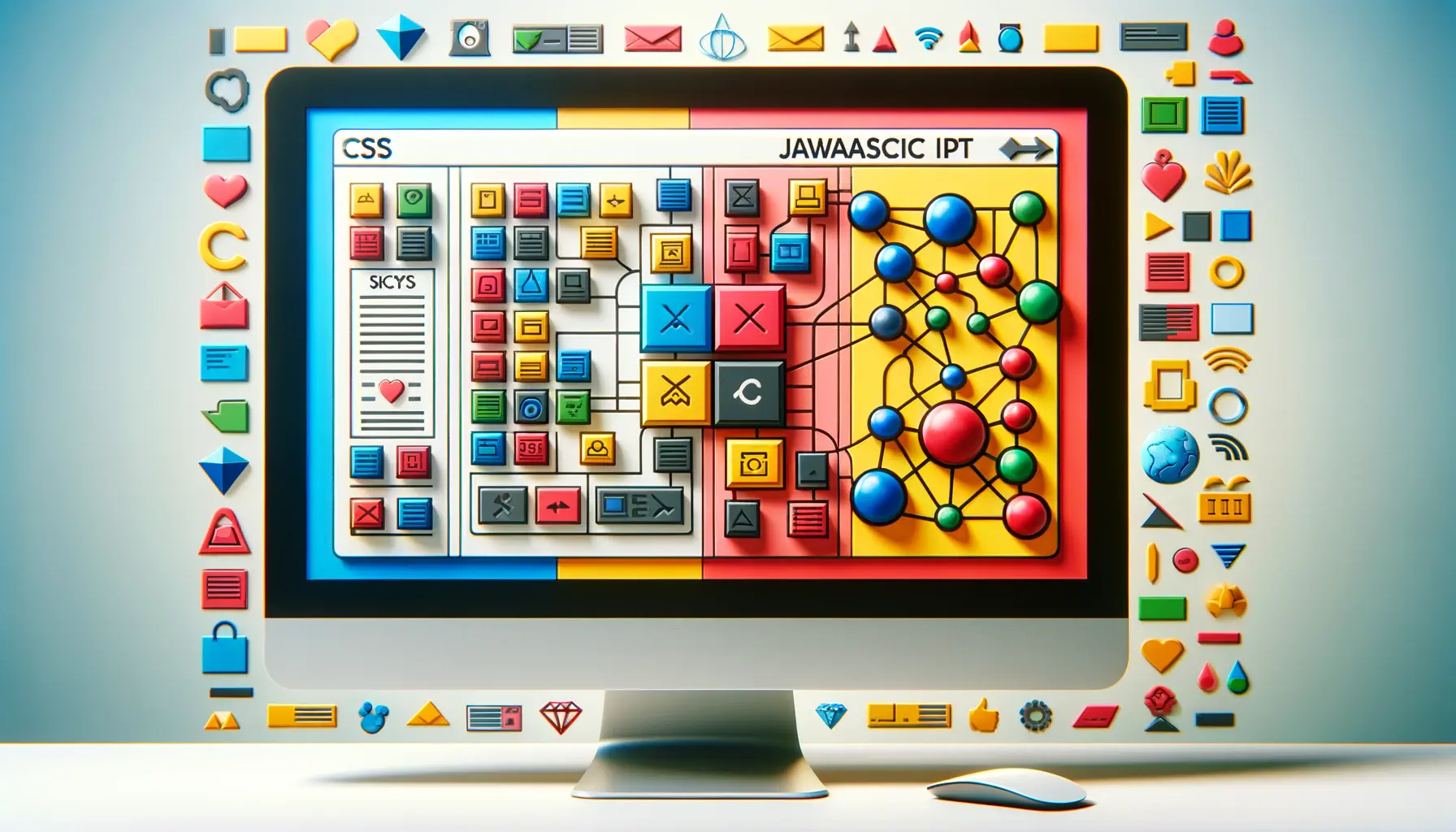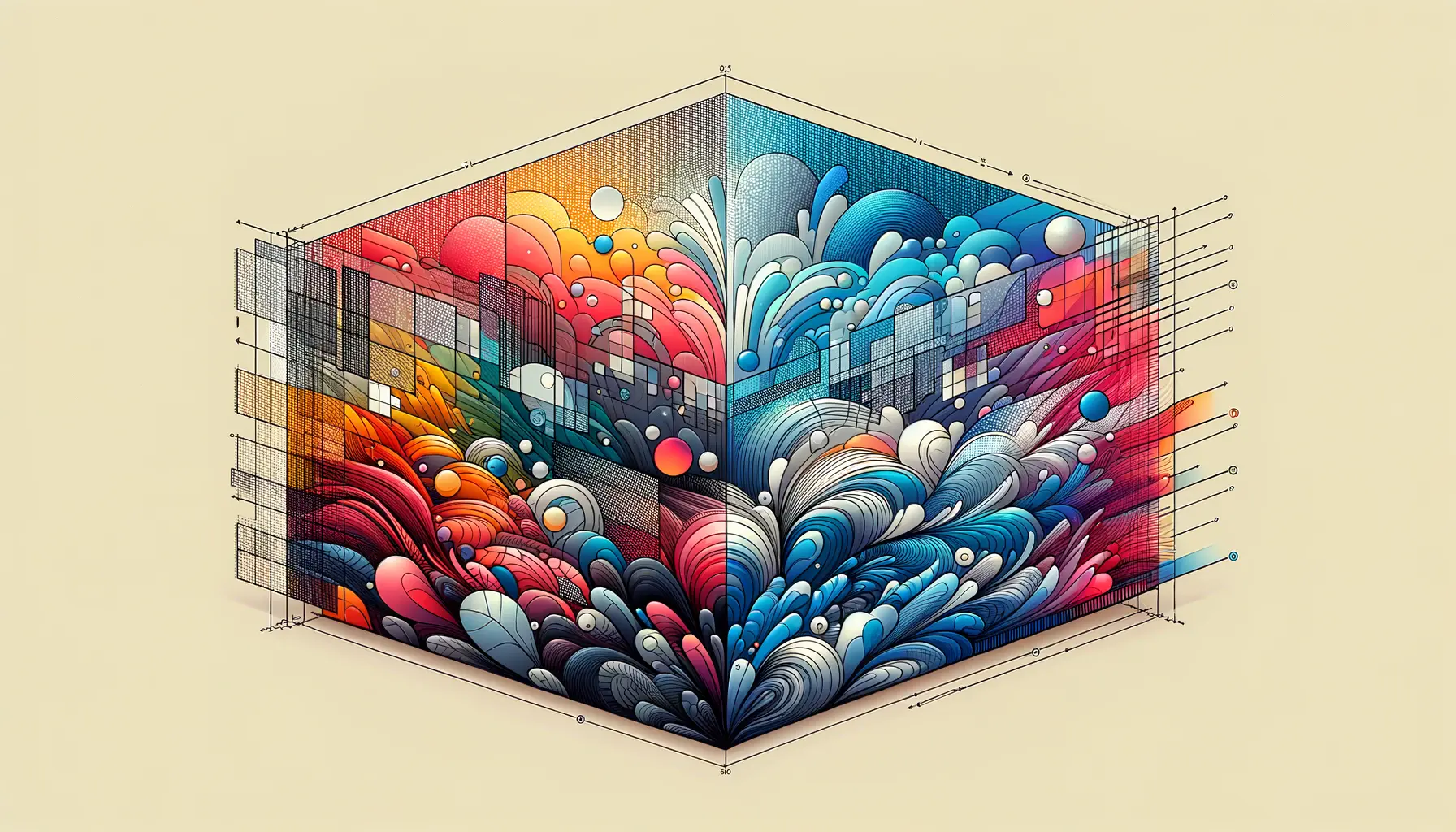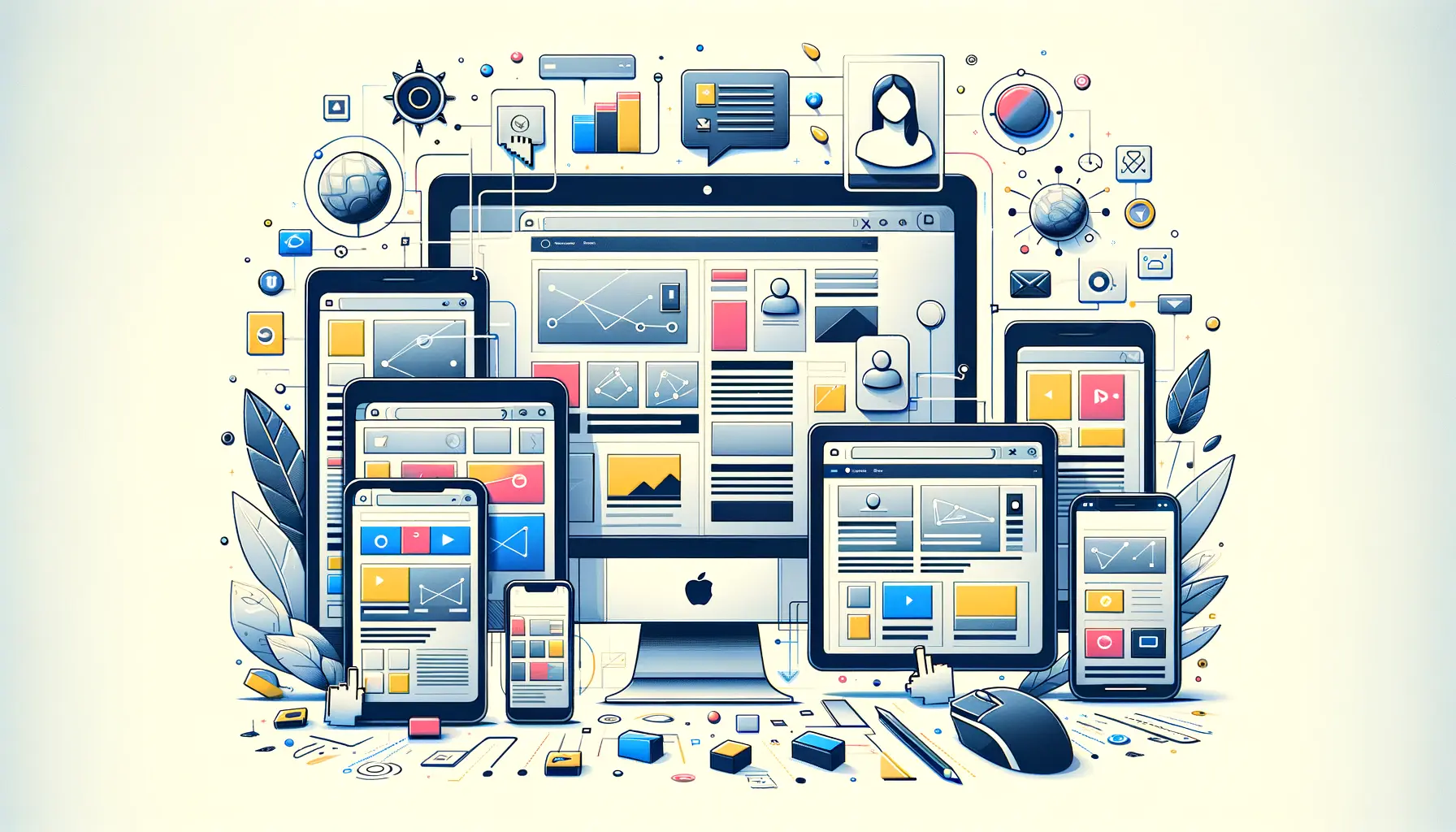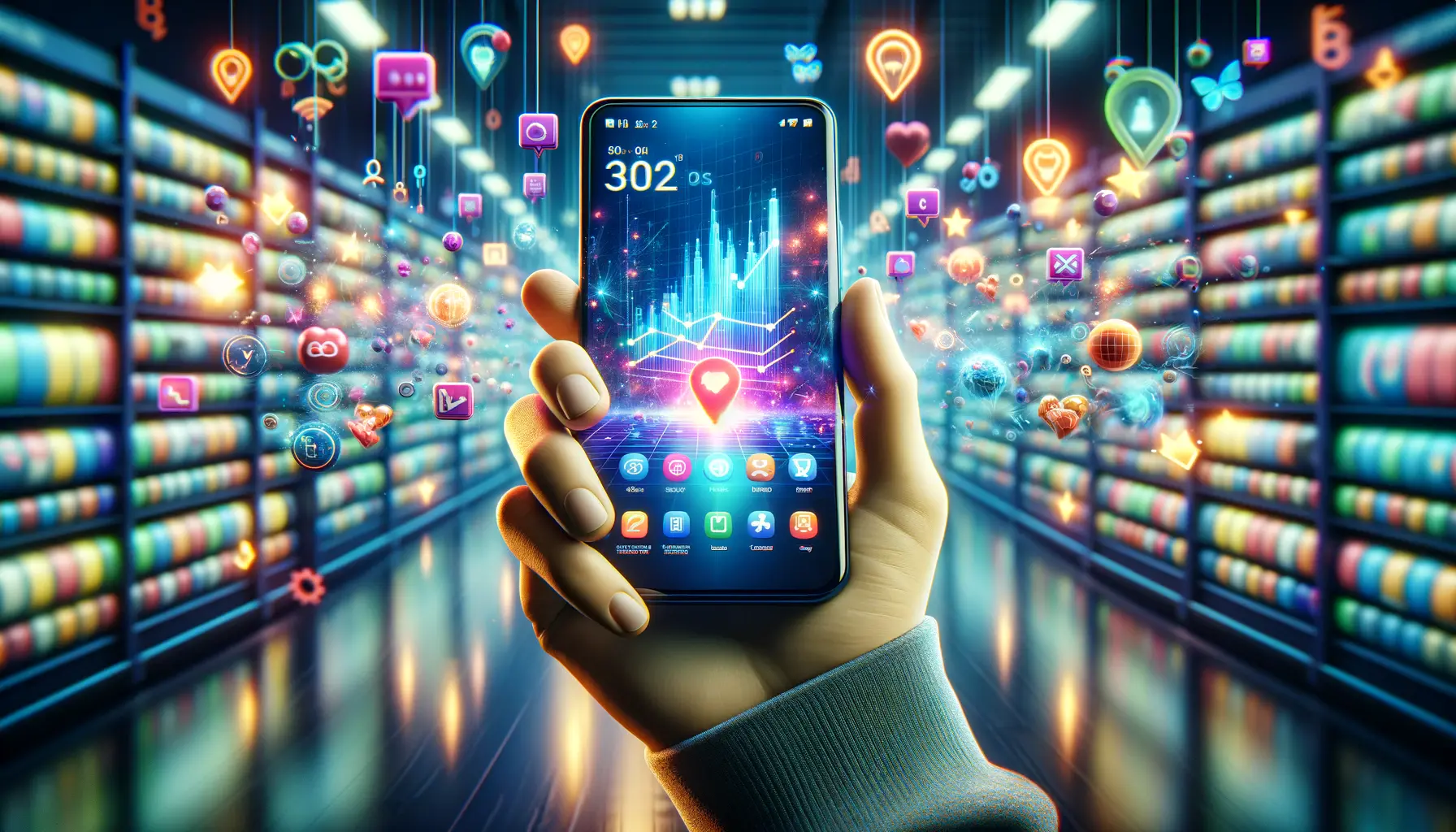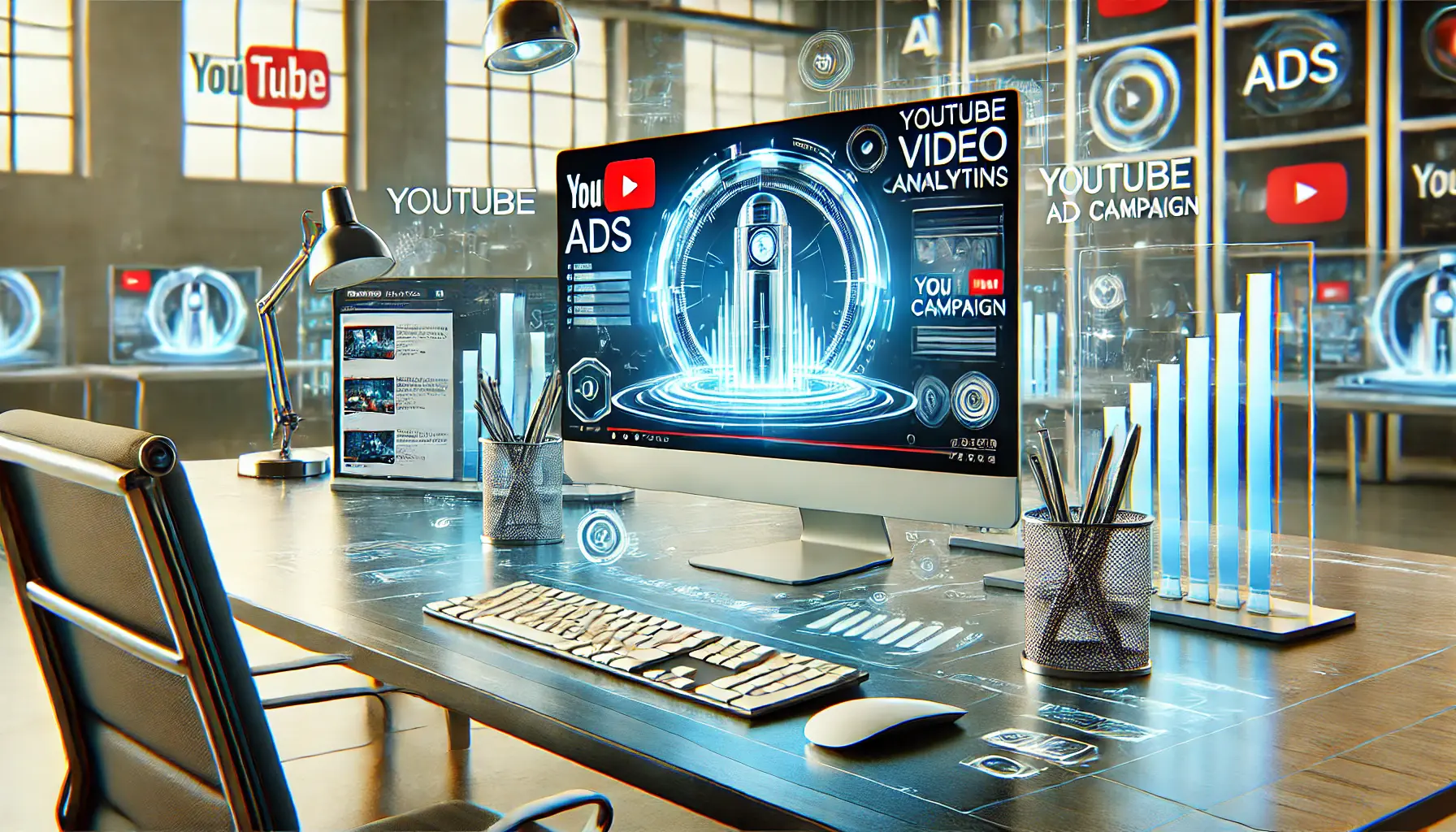In the realm of digital art and design, the intersection of creativity and technology has always been a fertile ground for innovation.
The advent of artificial intelligence (AI) in creative processes marks a significant leap forward, offering new possibilities that were once the domain of science fiction.
Among the most groundbreaking of these technologies is DALL-E, an AI program developed by OpenAI that generates images from textual descriptions.
This tool has opened up unprecedented avenues for creativity, enabling artists and designers to collaborate with AI in crafting innovative designs that push the boundaries of imagination.
The essence of innovation lies in the ability to envision and realize what has never been seen before.
DALL-E, with its advanced algorithms and deep learning capabilities, serves as a powerful ally in this quest.
By interpreting and visualizing complex ideas from simple text prompts, DALL-E has become a cornerstone for creative professionals seeking to explore new horizons in design.
This collaboration between human creativity and AI precision is not just transforming the landscape of design but also redefining the creative process itself.
- The Dawn of AI in Creative Design
- Expanding the Horizons of Creativity
- Challenges and Considerations in AI-Assisted Design
- Case Studies: DALL-E in Action
- Future Directions for AI in Creative Design
- Enhancing Education and Training with AI
- AI’s Role in Sustainable Design Practices
- Embracing the Future of Design with DALL-E
- DALL-E and Innovative Design FAQs
The Dawn of AI in Creative Design
The integration of AI into creative design marks a pivotal moment in the evolution of art and technology.
DALL-E, as a prime example of this integration, demonstrates how AI can understand and translate human ideas into visual representations with astonishing accuracy and creativity.
This capability has profound implications for designers, artists, and creators across various fields, offering a new toolkit for innovation and expression.
One of the most compelling aspects of DALL-E’s technology is its ability to generate images that blend multiple concepts in ways that are both surprising and coherent.
This has not only expanded the creative palette for designers but also enabled the exploration of concepts that would be difficult, if not impossible, to realize through traditional means.
The result is a new genre of design that is as limitless as the imagination itself, fueled by the synergy between human ingenuity and machine intelligence.
Transforming the Creative Workflow
The advent of DALL-E has revolutionized the creative workflow, making the process of ideation and conceptualization more fluid and dynamic.
Designers can now iterate on ideas with unprecedented speed, using DALL-E to visualize concepts almost as quickly as they can conceive them.
This rapid prototyping capability allows for a more experimental approach to design, where ideas can be tested and refined in real-time.
Moreover, DALL-E’s ability to generate diverse interpretations of a single prompt encourages designers to think outside the box and explore a wider range of possibilities.
This not only enhances the creative process but also leads to more innovative and diverse design outcomes.
The impact of this technology on the creative workflow is profound, offering a glimpse into a future where AI and human creativity coalesce to create wonders.
DALL-E’s impact on creative design extends beyond mere convenience; it represents a paradigm shift in how we conceive and realize our creative visions.
Expanding the Horizons of Creativity
The collaboration between humans and AI through tools like DALL-E is not just changing the workflow; it’s expanding the very horizons of creativity.
By providing a platform where ideas can be visualized without the constraints of traditional mediums, DALL-E encourages a form of creative expression that is both boundless and inclusive.
Artists and designers, regardless of their technical skill with traditional tools, can now bring their visions to life with a level of detail and imagination that was previously unattainable.
This democratization of creative expression opens up the world of design to a broader audience, fostering a more diverse and vibrant creative community.
Breaking Boundaries Between Disciplines
The versatility of DALL-E in generating images from textual descriptions has blurred the lines between different creative disciplines.
This fusion of art, design, and technology has led to the emergence of new forms of expression that defy traditional categorization.
- Graphic designers can explore abstract concepts without the need for extensive sketching or prototyping.
- Architects can visualize structures in fantastical settings to push the limits of architectural design.
- Fashion designers can create patterns and textiles that incorporate elements from surreal landscapes or imaginary worlds.
Enhancing Conceptual Visualization
DALL-E’s ability to generate detailed images from complex prompts has made it an invaluable tool for conceptual visualization.
This capability is particularly beneficial in fields where visualizing abstract concepts is crucial, such as:
- Marketing and advertising, where compelling visuals can make or break a campaign.
- Education, where illustrative content can enhance learning and retention.
- Entertainment, where concept art sets the tone for movies, video games, and other media.
The intersection of AI and creativity, exemplified by DALL-E, is not just a technological achievement; it’s a cultural shift towards a more inclusive and expansive understanding of art and design.
Challenges and Considerations in AI-Assisted Design
While the integration of AI into the creative process offers vast opportunities for innovation, it also presents unique challenges and ethical considerations.
Navigating these complexities is crucial for designers and artists working with AI tools like DALL-E to ensure that their work remains original, ethical, and impactful.
The balance between AI assistance and human creativity is delicate.
Relying too heavily on AI can risk diluting the personal touch that defines much of the creative work.
Conversely, not leveraging AI’s capabilities fully can mean missing out on potential innovations.
Finding this balance is key to harnessing the full potential of AI in creative design.
Originality and Authenticity
One of the primary concerns with AI-generated art and design is the question of originality and authenticity.
As AI tools draw from vast databases of existing artwork to generate new images, the line between inspiration and imitation becomes blurred.
Designers must be vigilant to ensure that their use of AI tools like DALL-E contributes to the creation of work that is genuinely original and reflective of their unique vision.
- Employing AI as a tool for ideation rather than final production can help maintain the originality of the design process.
- Customizing AI-generated outputs through further manual refinement ensures the artist’s or designer’s signature is evident in the final work.
Ethical Use of AI in Design
The ethical implications of using AI in creative processes extend beyond concerns of originality.
Issues such as data privacy, copyright, and the potential for AI to perpetuate biases present in its training data are all critical considerations for designers working with AI.
- Designers should be aware of the source of the data used to train AI tools and strive to use AI ethically and responsibly.
- Engaging with AI tools that offer transparency about their datasets and algorithms can help mitigate the risk of perpetuating biases.
The future of AI in creative design is not just about the technology itself but how we choose to use it. Navigating the challenges of originality, authenticity, and ethics will define the path forward for designers and artists.
Case Studies: DALL-E in Action
The practical applications of DALL-E in various creative fields provide insightful case studies into its potential to revolutionize design processes.
These real-world examples highlight how artists and designers are leveraging DALL-E to push the boundaries of creativity, offering valuable lessons and inspiration for others in the industry.
From advertising campaigns to conceptual art, DALL-E’s impact is evident across a broad spectrum of creative endeavors.
These case studies not only showcase the versatility of DALL-E but also illustrate the innovative ways in which creatives are integrating AI into their work.
Revolutionizing Graphic Design
A notable case study involves a graphic design agency that utilized DALL-E to create a series of promotional materials for a client in the entertainment industry.
By inputting descriptive prompts related to the client’s upcoming film, the agency was able to generate a range of unique and compelling visuals that captured the essence of the movie.
This not only expedited the design process but also provided the client with a diverse array of options to choose from, demonstrating DALL-E’s potential to enhance creativity and efficiency in graphic design.
- The agency reported a significant reduction in project turnaround time, attributing this efficiency to DALL-E’s rapid image generation capabilities.
- The collaboration between the designers and DALL-E led to the creation of visuals that were both innovative and closely aligned with the client’s vision, highlighting the tool’s ability to complement human creativity.
Transforming Concept Art in the Film Industry
Another compelling case study comes from the film industry, where a production team used DALL-E to generate concept art for a science fiction movie.
By providing DALL-E with detailed descriptions of the film’s futuristic settings and characters, the team was able to visualize complex scenes and environments quickly.
This not only facilitated a more dynamic and collaborative creative process but also allowed the team to explore a wider range of visual possibilities without the constraints of traditional concept art creation methods.
- The use of DALL-E significantly accelerated the concept development phase, enabling the team to iterate on ideas more freely and with greater creativity.
- This approach to concept art creation opened up new avenues for storytelling, as the ease of visualization allowed the team to experiment with more ambitious and imaginative narrative elements.
These case studies underscore the transformative potential of DALL-E in creative industries, offering a glimpse into a future where AI and human creativity collaborate to create works of unprecedented innovation and diversity.
Future Directions for AI in Creative Design
The integration of AI technologies like DALL-E into the creative design process is just the beginning.
As these technologies continue to evolve, the future of creative design promises even more profound changes.
Innovations on the horizon are set to further enhance the collaboration between human creativity and AI, opening up new possibilities for designers and artists around the world.
This forward-looking perspective not only anticipates the technological advancements to come but also considers the broader implications for the creative industry.
The potential for AI to democratize design, personalize creative content, and foster global collaboration is immense, signaling a new era of creative expression.
Personalization and AI
One of the most exciting prospects for the future of AI in creative design is the potential for unprecedented levels of personalization.
AI technologies could enable designers to create more personalized content at scale, tailoring designs to the preferences and needs of individual users.
This could revolutionize areas such as marketing, where personalized advertising campaigns could be generated on-demand, enhancing engagement and effectiveness.
- Future AI tools may analyze user data to create designs that resonate on a personal level, making each user’s experience uniquely engaging.
- This level of personalization would not only improve user engagement but also open up new avenues for creative expression, allowing designers to explore the nuances of individual preference and cultural diversity.
Global Collaboration and AI
Another promising direction for AI in creative design is the facilitation of global collaboration.
AI could serve as a universal translator of creative ideas, enabling designers from different cultural and linguistic backgrounds to collaborate more effectively.
By bridging language barriers and cultural differences, AI could help create a more inclusive and diverse creative community, enriching the global design landscape with a wider array of perspectives and ideas.
- AI-powered platforms could connect designers worldwide, fostering collaboration on projects that leverage diverse cultural insights and creative techniques.
- This global network of creatives, facilitated by AI, could lead to the emergence of new design movements and innovations that reflect a truly global perspective.
The future of AI in creative design is not just about the advancement of technology; it’s about how these technologies can be harnessed to make design more personal, inclusive, and globally connected. The possibilities are as limitless as the creativity of those who will shape this future.
Enhancing Education and Training with AI
The role of AI in creative design extends beyond professional practice into the realms of education and training.
As AI technologies like DALL-E become more integrated into the creative industries, they also offer new opportunities for learning and skill development.
The potential of AI to transform educational practices in design and art schools is significant, promising to make learning more interactive, personalized, and accessible.
This evolution in education is not merely about incorporating new tools into the curriculum but about rethinking how creative skills are taught and learned.
AI can offer students unique insights into the creative process, from conceptualization to visualization, enhancing their ability to think critically and innovate.
Interactive Learning Experiences
AI technologies can create interactive learning experiences that engage students in ways traditional methods cannot.
By using AI like DALL-E, educators can introduce students to a dynamic environment where they can experiment with design concepts and receive instant visual feedback.
This hands-on approach to learning can deepen understanding and foster a more exploratory attitude towards design.
- AI-driven tools can simulate real-world design challenges, allowing students to practice problem-solving in a controlled yet flexible setting.
- Through interactive projects, students can learn the value of iteration and feedback in the creative process, skills that are crucial in the professional world.
Personalized Learning Pathways
The adaptability of AI also allows for the creation of personalized learning pathways that cater to the individual needs and interests of each student.
By analyzing students’ performance and preferences, AI can suggest tailored exercises, resources, and projects that align with their specific learning goals.
This personalized approach can help students develop their unique voices as designers, encouraging diversity and innovation in the creative field.
- AI can identify gaps in students’ knowledge or skills, offering customized recommendations for improvement and further study.
- By facilitating a more personalized education experience, AI can help students achieve a higher level of mastery in their chosen areas of design, preparing them for successful careers in the creative industries.
The integration of AI into design education represents a paradigm shift towards a more interactive, personalized, and effective learning experience. As educators and institutions embrace these technologies, the future of design education looks increasingly bright and innovative.
AI’s Role in Sustainable Design Practices
The conversation around AI in creative design is incomplete without addressing its potential to foster sustainable design practices.
As the world grapples with environmental challenges, the design industry is increasingly focused on sustainability.
AI, with its vast data processing capabilities and predictive analytics, can play a pivotal role in this shift, enabling designers to create more environmentally friendly and resource-efficient solutions.
This aspect of AI in design not only highlights the technology’s versatility but also underscores the importance of aligning innovation with ecological responsibility.
By leveraging AI, designers can contribute to a more sustainable future, where creativity and environmental stewardship go hand in hand.
Optimizing Materials and Processes
One of the key ways AI can contribute to sustainable design is by optimizing the use of materials and manufacturing processes.
Through advanced algorithms, AI can analyze complex datasets to identify patterns and opportunities for reducing waste and enhancing efficiency.
This can lead to the development of products and solutions that require fewer resources and generate less waste, without compromising on quality or aesthetics.
- AI can suggest alternative materials that are more sustainable but still meet the design and functional requirements of a project.
- By optimizing manufacturing processes, AI can help reduce energy consumption and carbon footprint, contributing to greener production methods.
Enhancing Lifecycle Analysis
AI’s ability to process and analyze vast amounts of data also makes it an invaluable tool for lifecycle analysis.
Designers can use AI to assess the environmental impact of their creations throughout their lifecycle, from production to disposal.
This comprehensive understanding can inform more sustainable design decisions, ensuring that products are not only designed to minimize their initial environmental impact but also to be easily recycled or repurposed at the end of their life.
- AI-driven lifecycle analysis can help identify the stages where a product’s environmental impact is highest, offering insights into how to mitigate these effects.
- This approach encourages the design of products that are not only sustainable but also aligned with the principles of the circular economy, promoting reuse and recycling.
AI’s contribution to sustainable design practices exemplifies the technology’s broader potential to address some of the most pressing challenges facing our world. By integrating AI into their workflow, designers can lead the way in creating solutions that are not only innovative and effective but also responsible and sustainable.
Embracing the Future of Design with DALL-E
The journey through the realms of creativity augmented by artificial intelligence, particularly through the lens of DALL-E, reveals a future brimming with potential.
As we’ve explored, the collaboration between human ingenuity and AI’s capabilities is not just reshaping the landscape of design but is also setting the stage for a revolution in how we conceive, visualize, and implement creative ideas.
The innovative designs birthed from this synergy are testament to the boundless possibilities that lie at the intersection of technology and art.
The Path Forward
Looking ahead, the trajectory of DALL-E and similar AI technologies suggests a vibrant future for the creative industries.
The ability to generate innovative designs from simple textual prompts opens up new avenues for creativity that were previously unimaginable.
As these technologies continue to evolve, they promise to further democratize design, making it more accessible to a wider audience and fostering a global community of creators who can share, collaborate, and innovate in ways that transcend traditional boundaries.
- The democratization of design through AI
- Enhanced global collaboration and creativity
- A future where innovation knows no bounds
Sustainable Innovation
Moreover, the role of AI in promoting sustainable design practices underscores the importance of leveraging technology for the greater good.
By optimizing materials, processes, and lifecycle analysis, AI like DALL-E not only aids in the creation of aesthetically pleasing designs but also ensures that these innovations contribute positively to the environment.
This alignment of creativity with ecological responsibility highlights the potential of AI to drive change that is not only innovative but also sustainable.
- Optimization of resources for sustainability
- Lifecycle analysis for environmentally friendly designs
- The integration of ecological responsibility into creativity
In conclusion, the collaboration with DALL-E for innovative designs is just the beginning of a broader transformation in the creative industries.
As we continue to explore and understand the capabilities of AI, the future of design looks increasingly exciting, promising a world where creativity is limitless, accessible, and sustainable.
The journey with AI in design is an ongoing adventure, one that invites us to imagine, innovate, and inspire in ways we never thought possible.
DALL-E and Innovative Design FAQs
Explore common inquiries about leveraging DALL-E for innovative designs, offering insights into how this groundbreaking AI tool is transforming the creative landscape.
DALL-E is an AI by OpenAI that generates images from textual descriptions, enabling the creation of innovative designs from simple prompts.
DALL-E uses deep learning to interpret text prompts and generate corresponding images, blending concepts in unique and creative ways.
Yes, you own the images you create with DALL-E, including rights to reprint, sell, and merchandise them, subject to OpenAI’s terms.
Absolutely, DALL-E is designed to be user-friendly, allowing individuals at all skill levels to generate art and designs effortlessly.
DALL-E enables rapid prototyping, offers a vast array of visual possibilities, and encourages exploration beyond traditional design boundaries.
Industries such as marketing, entertainment, fashion, and architecture can leverage DALL-E for innovative designs and conceptual visualization.
Yes, by optimizing material use and enhancing lifecycle analysis, DALL-E supports the creation of more sustainable and efficient designs.
The future of DALL-E promises even greater personalization, global collaboration, and a shift towards more sustainable and inclusive design practices.
